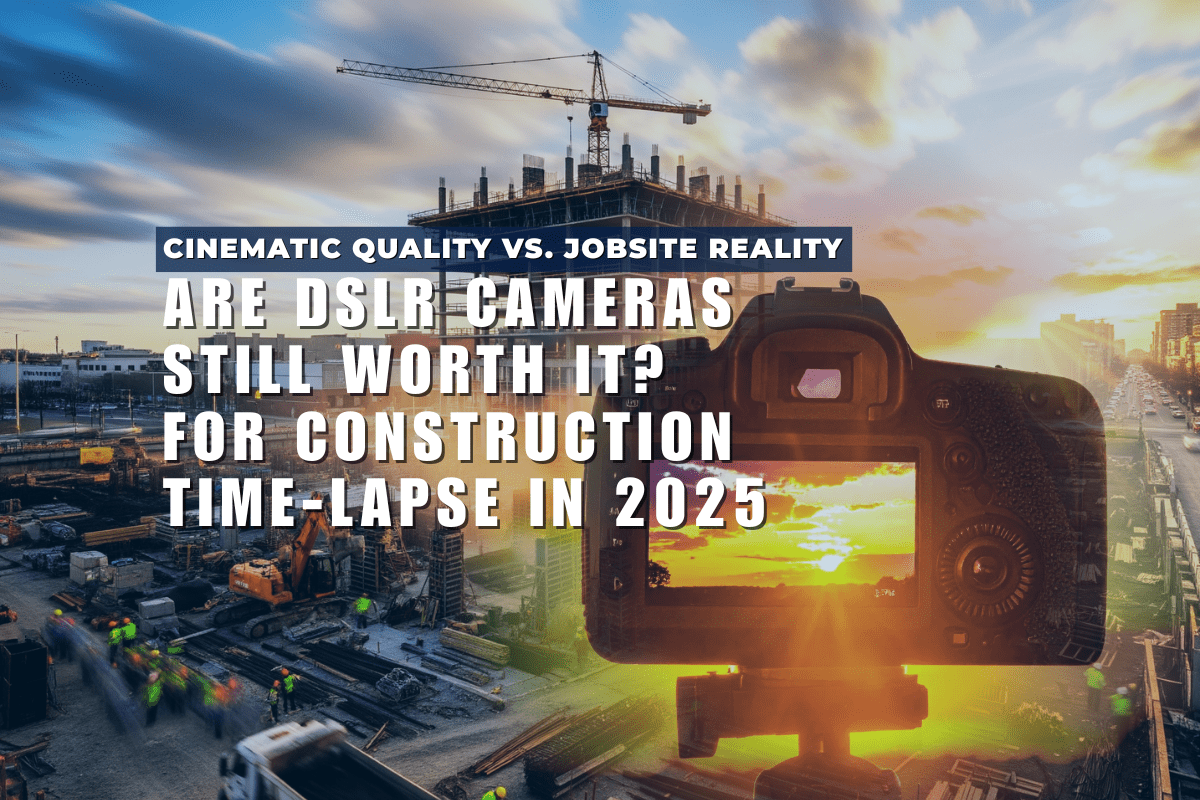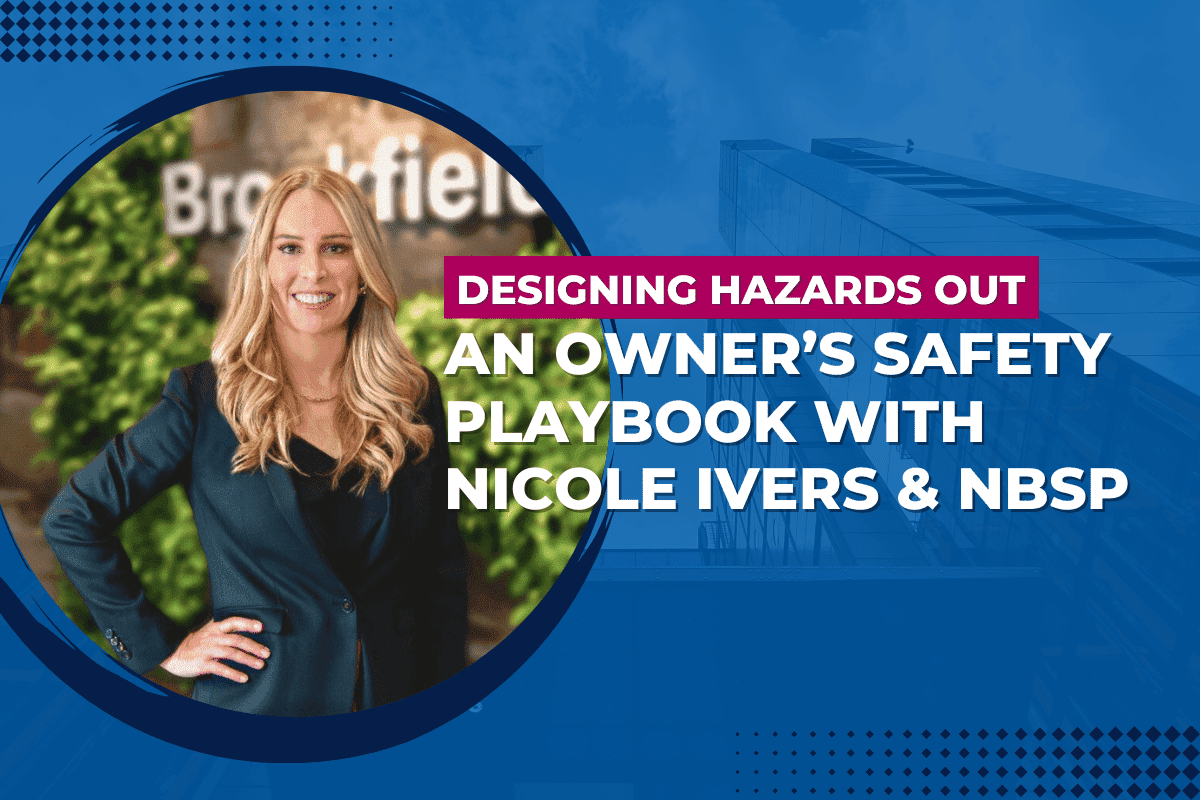At CamDo we understand that image and video quality is the number one requirement for a lot of customers, therefore, we are expanding our camera range. We are excited to announce that UpBlink is now compatible with Sony RX0 II.
“As most of our photographer customers will know, Sony makes amazing cameras! Personally, I love Canon for DSLR, but I do think Sony outperforms in the mirrorless range. In the compact market, GoPro took a huge leap with their HERO5 (and onward) as their 4K is synonymous with high quality video. However, photographers often request the Sony RX0 because it produces a phenomenal image due to the combination of the pixel count, the sensor size and lens quality. We’re happy to be expanding our range and continuing our quest for 4K for less… Well, now it’s 5K! We know our customers will love this camera and we can’t wait to share the footage!” says Todd McCann, CEO of CamDo.
The Sony RX0 II is a step up in camera quality which uses a 1-inch stacked Exmor RS CMOS sensor that serves up 15.3-megapixel 5K images using a high quality Zeiss Tessar F4 lens .
Expanding our camera capabilities allows our customers to have more control over the quality of the photos. CamDo continues to provide customers with a variety of solutions for their time lapse projects. Sign up for our newsletter so that you don't miss our new product announcements.



